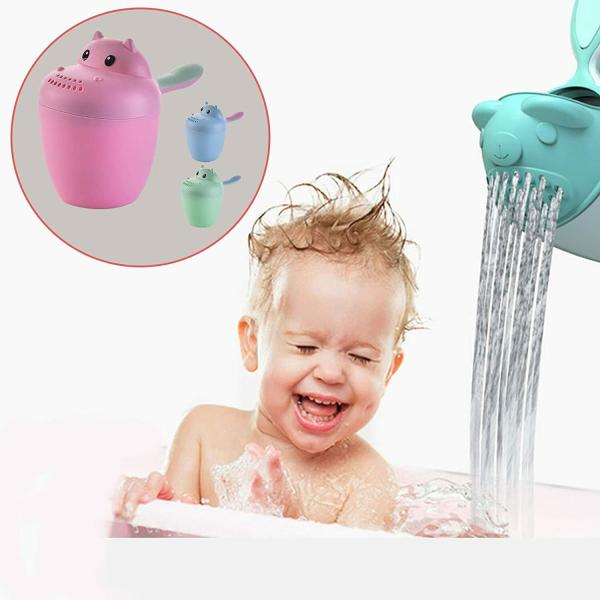The first five years of a child’s life are critical for their development.
During this time, the brain is rapidly growing and forming new connections, laying the foundation for future learning, behavior, and health outcomes.
In this article, we will discuss why the first five years of a child’s development are so crucial.
Brain Development
The brain develops more rapidly during the first five years of life than at any other time.
The experiences a child has during this time can significantly impact the architecture of the brain, affecting its ability to process information, regulate emotions, and interact with others.
Positive experiences, such as love and nurturing, can promote healthy brain development, while negative experiences, such as abuse or neglect, can lead to adverse effects.
Language and Communication Skills
The first five years are crucial for developing language and communication skills.
Children who experience a rich and stimulating language environment during this time are more likely to have better language and literacy skills later in life.
This can include talking to the child, reading books, singing songs, and providing opportunities for social interaction.
Social and Emotional Development
The first five years are also critical for social and emotional development.
Children who experience positive interactions and relationships during this time are more likely to develop healthy social skills and emotional regulation.
These skills can affect the child’s ability to form healthy relationships, manage stress, and adapt to new situations later in life.
Physical Development
The first five years are also important for physical development, including gross and fine motor skills.
Encouraging children to engage in physical activity and providing opportunities for exploration and play can promote healthy physical development.
Long-Term Outcomes
The experiences a child has during the first five years of life can significantly impact their long-term outcomes.
Children who experience positive environments during this time are more likely to have better outcomes in education, employment, health, and social relationships.
On the other hand, children who experience adverse environments during this time are more likely to experience negative outcomes,
such as lower academic achievement, mental health problems, and chronic health conditions.
Conclusion
The first five years of a child’s life are critical for their development.
During this time, the brain is rapidly developing, and experiences can significantly impact the child’s long-term outcomes.
Providing a nurturing and stimulating environment during this time can promote healthy brain development, language and communication skills, social and emotional development, and physical development.
It is essential to prioritize the first five years of a child’s life and provide them with the best possible environment for their development.
![]()










